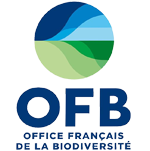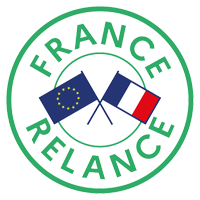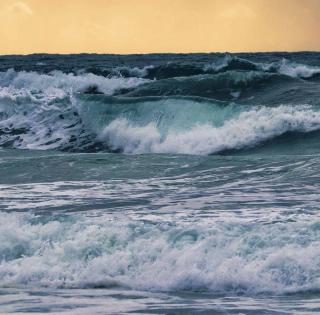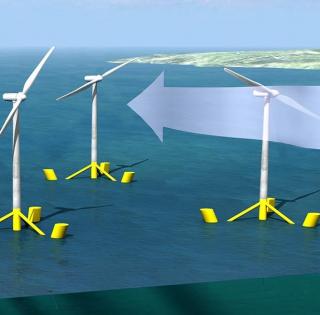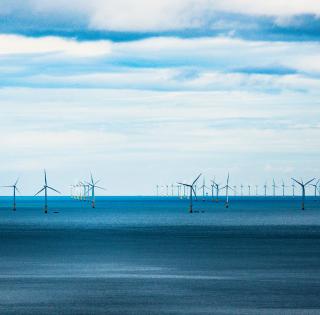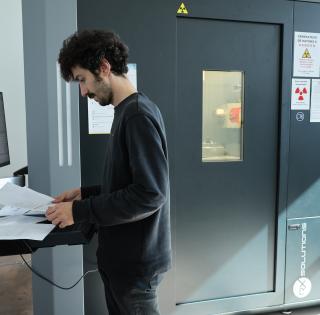

In early May 2022, seven autonomous recorders equipped with hydrophones were deployed between Ushant Island and the Molène archipelago, across the northern part of Iroise Marine Natural Park.
Over the course of a year, these hydrophones, positioned at key points, are going to record the marine soundscape, including the songs, whistles and clicks emitted by cetaceans. Every three months, the data will be retrieved then processed and analyzed over time.
The challenge is to determine which cetacean species are present in Iroise Marine Natural Park and how often they visit over a 12-month period.
Sightings of cetaceans have increased in recent years along Brittany’s coastline. Unfortunately, they are isolated, chance sightings that give us no precise indication of the species present and their behavior. Passive acoustic monitoring represents an ideal, non-intrusive solution for spatio-temporal identification of the different species visiting the coastal areas of the Park,
explains Flore Samaran, a research professor who is leading this project for ENSTA Bretagne.

The observatory deployed for one year in the Iroise Sea will allow for a full recording of the marine soundscape within an extensive frequency range. This is because the type of sounds cetaceans make differs depending on the species: the smallest cetaceans emit high-frequency sounds, while the largest species emit low-frequency sounds.
Laboratory analysis of the recordings will enable classification of the sound signals. ENSTA Bretagne is harnessing the data processing tools of the OSmOSE collaborative project (which stands for Open Science meets the Ocean Sound Explorers), which it developed by bringing together scientists on the theme of underwater passive acoustic data processing and its applications in relation to the sustainable development of oceans.
A number of partners are working together on this project:
- ENSTA Bretagne is sharing its expertise in passive underwater acoustics in the definition of the observatory, choice of equipment used, the launch and data processing and analysis
- The French Biodiversity Agency (OFB) manages Iroise Marine Natural Park,
- The Céladon association and staff working at Iroise Marine Natural Park are helping with the launch and recovery of instruments
- The Technical Division (DT) of the National Institute for Earth Sciences and Astronomy (INSU), a Research Support Unit of the French National Center for Scientific Research (CNRS), is designing the berths on which the recorders will be installed
- NeoteK, a French company which, following a public tendering process, was selected to provide the acoustic recorders
The project currently being conducted in the Iroise Sea could eventually be rolled out on a broader scale under the EU Marine Strategy Framework Directive (MSFD). This provides that the Member States keep a record of the Good Environmental Status of their coastline.
In this context, the French Biodiversity Agency (OFB) has called on ENSTA Bretagne as an expert to draw up a passive acoustics monitoring program for the monitoring of marine mammal populations across the four marine sub-regions in Mainland France (English Channel-North Sea, Celtic Sea, Bay of Biscay and the Mediterranean).







